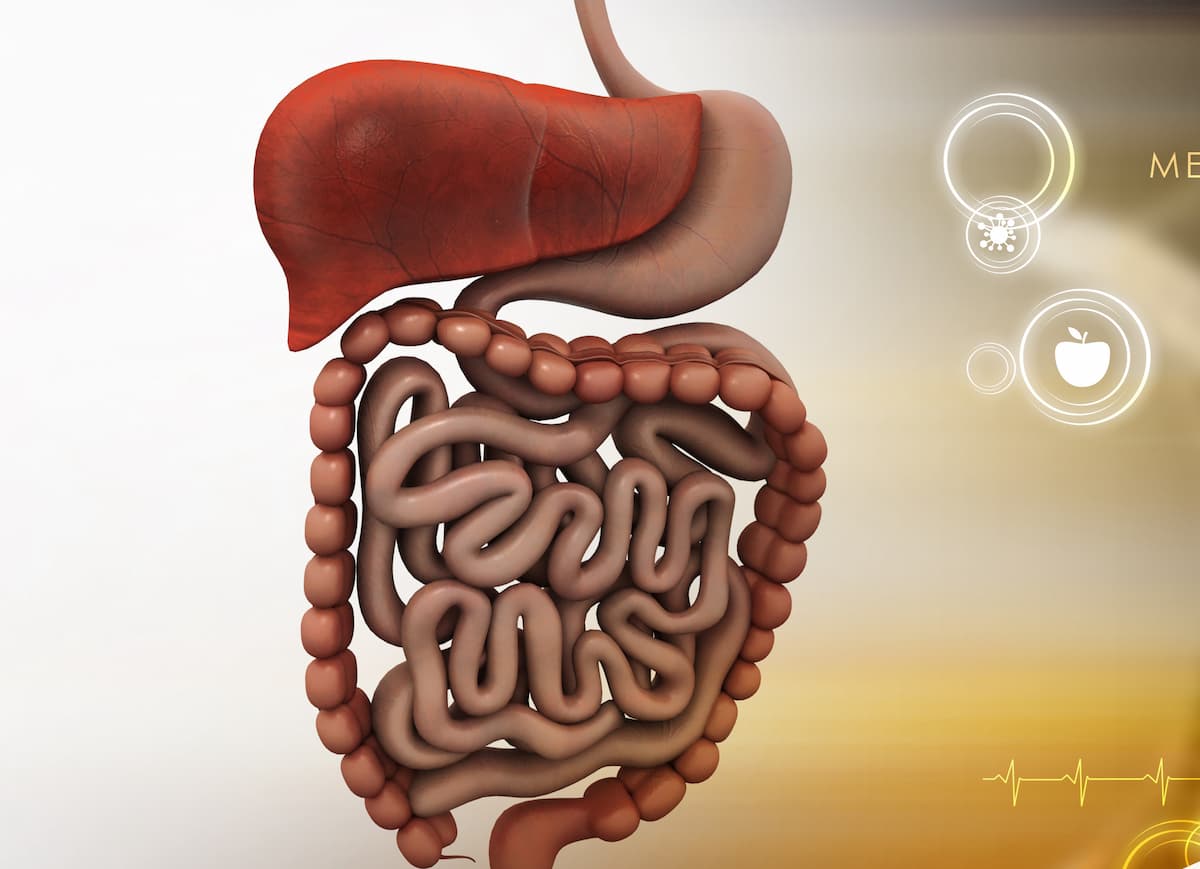Ripretinib Receives FDA BTD for KIT+ Gastrointestinal Stromal Tumors
National Comprehensive Cancer Network guidelines will now include ripretinib as the ideal second-line treatment for patients with unresectable/metastatic gastrointestinal stromal tumors who are intolerant to sunitinib.
The FDA has granted breakthrough therapy designation to ripretinib (Qinlock) as treatment for unresectable or metastatic KIT exon 11 and 17/18–mutated gastrointestinal stromal tumors (GIST) in patients who were previously treated with imatinib (Gleevec), according to a press release from Deciphera Pharmaceuticals.1
"If approved, we believe [ripretinib] has the potential to become the standard-of-care for this group of patients around the world," according to the manufacturers of ripretinib.

“The Breakthrough Therapy Designation reflects the substantial clinical benefit of [ripretinib] in patients [with second-line GIST] harboring mutations in KIT exon 11 and 17/18 that we observed in the ctDNA analysis from the phase 3 INTRIGUE study [NCT03673501],” according to Steve Hoerter, president and chief executive officer at Deciphera Pharmaceuticals, said in the press release. “If approved, we believe [ripretinib] has the potential to become the standard-of-care for this group of patients around the world.”
Moreover, ripretinib has been included in the updated National Comprehensive Cancer Network (NCCN) Clinical Practice Guidelines in Oncology as the ideal strategy for second-line GIST in patients who are not able to receive sunitinib (Sutent). Thus far, ripretinib has received approval as a treatment for fourth-line GIST in the United States, Europe, and China.
“Further, the inclusion of [ripretinib] in the latest NCCN clinical practice guidelines underscores both the need for additional treatment options for patients [with GIST] in the post-imatinib setting and the significance of the results from the INTRIGUE study, which demonstrated that [ripretinib] is an active and well-tolerated agent,” Hoerter said.
The guidelines update was based on data from the phase 3 INTRIGUE study assessing ripretinib vs sunitinib in patients with advanced GIST following imatinib.2 In the intent-to-treat population, patients in the ripretinib arm (n = 226) experienced a median progression-free survival (PFS) of 8.0 months compared with 8.3 months among those treated with sunitinib (n = 227; Hazard ratio [HR], 1.05; 95% CI, 0.82-1.33; P = .72).
A total of 41.3% patients in the ripretinib and 65.6% sunitinib arms developed grade 3/4 treatment-emergent adverse effects (P <.0001). Grade 3 hypertension occurred in 8.5% and 26.7% of patients, and palmar-plantar erythrodysesthesia occurred in 1.3% vs 10.0% of patients in each arm. Ripretinib demonstrated a more favorable toxicity profile vs sunitinib.
Patients were treated with either 150 mg of ripretinib or 50 mg of sunitinib once a day.
The trial’s primary end point was PFS, and secondary outcomes included objective response rate and overall survival.
To enroll, patients needed to be 18 years or older with a histologic diagnosis of GIST. Documented progression or intolerance to imatinib and an ECOG performance status of 0 to 2 were also required.
References
- Deciphera Pharmaceuticals announces QINLOCK® included in NCCN Guidelines® for the treatment of second-line GIST Patients and FDA grants breakthrough therapy designation for QINLOCK in second-line GIST patients with mutations in KIT exon 11 and 17/18. News release. Deciphera Pharmaceuticals. March 14, 2023. Accessed March 15, 2022. http://bit.ly/3YQSlFR
- Bauer S, Jones RL, Blay JY, et al. Ripretinib versus sunitinib in patients with advanced gastrointestinal stromal tumor after treatment with imatinib (INTRIGUE): a randomized, open-label, phase III trial. J Clin Oncol 2022;40(34):3918-3928. doi:10.1200/JCO.22.00294
Newsletter
Stay up to date on recent advances in the multidisciplinary approach to cancer.